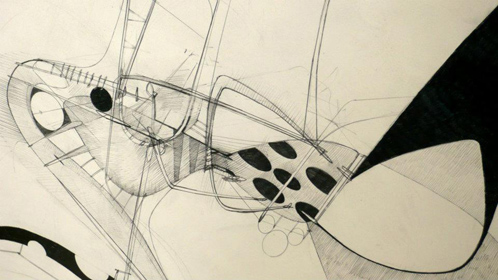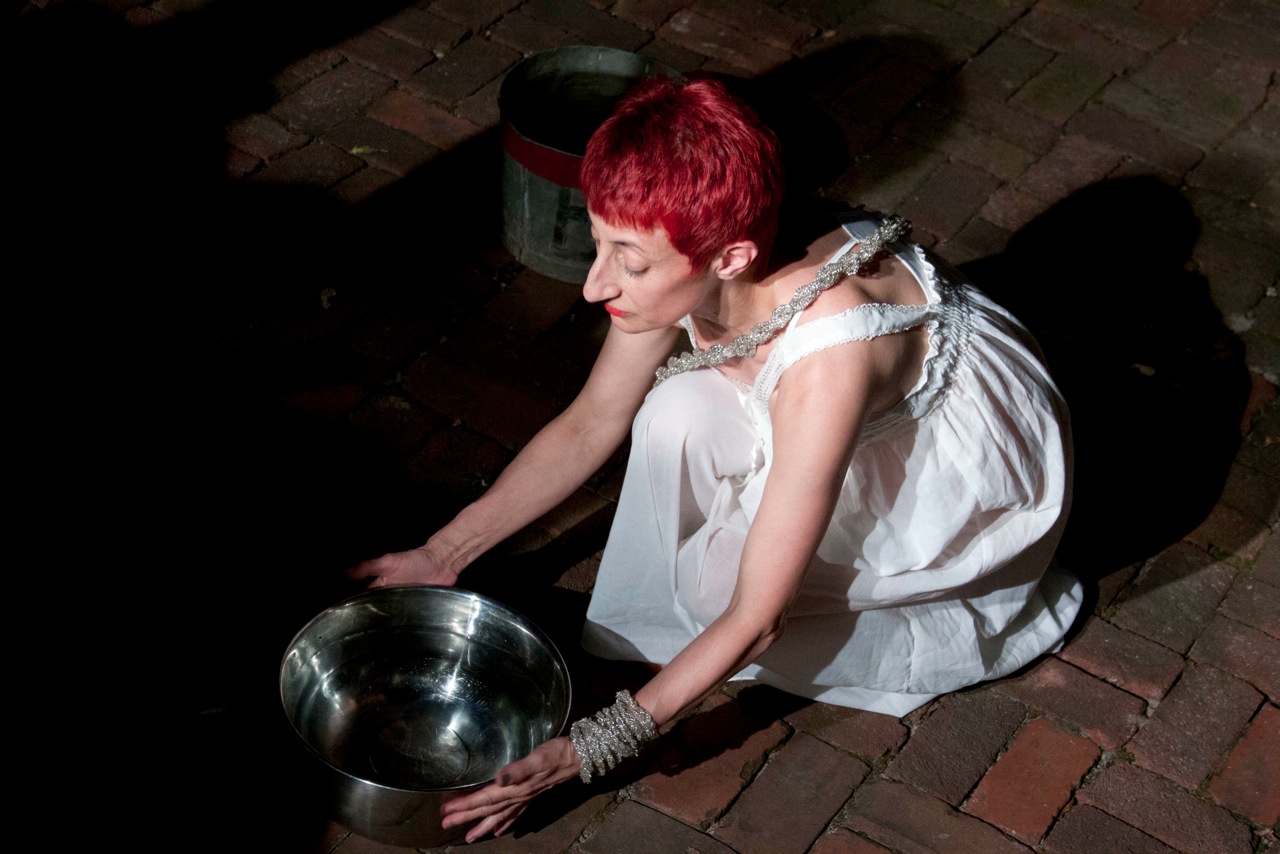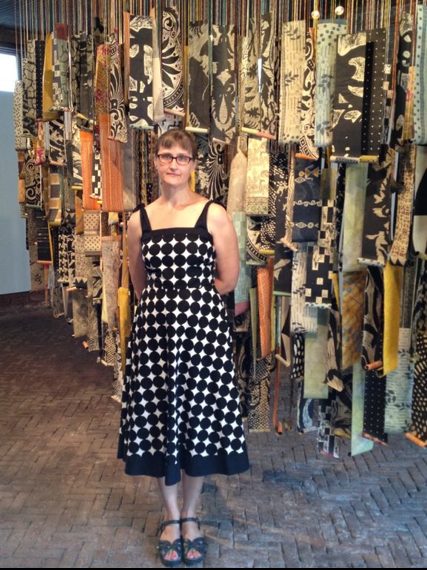The vast majority of the flood of books about what Eric Kandel calls “a new science of mind” (a science which he defines as the confluence of brain science and cognitive psychology) are based on the writers’ previously held positions in debates that are at least a century old, and in some cases two or three or four centuries old. (Heck, some of the positions date back to the pre-Socratics of very ancient Greece.)
This is what we would expect, of course, and it’s why it’s important to keep the influence of culture in mind when we are talking about mind in biological terms. But the book writers’ opinions also reflect their underlying emotional dispositions, especially when they are proudly declaring their rationality.
One way or another, when we talk about such matters, “The story is trying to tell the story,” as Beth Lilly’s photograph has it near the conclusion (or is it?) of “From Cosmology to Neurology and Back Again.” We are part of the story, even when the story is about such seemingly objective and non-human matters as cosmology, chemical evolution, or the behavior of the world’s waters from the Antarctic ice shelf’s icebergs to the Japanese tsunami to the Pennsylvania aquifer (which is—or is not?—being shaken by hydrofracking).
Fortunately, we can change our minds (or something can change our minds—let’s not leave the hard-core determinists out of the debate), whether or not we can change our personality. Our minds actually modify the structure of our brains, to some degree, as our culture and our personal experience reshape the paths and quantity of neurons. (See: “neuroplasticity,” which I grossly oversimplify almost to the point of misrepresentation.)
“From Cosmology to Neurology and Back Again” is my own effort at mind-changing, my own mind most of all.
I encountered some useful cultural and cognitive collisions on the first day of Barbara Maria Stafford’s Neuro Humanities Entanglement Conference back in the spring at Georgia Tech, and have encountered such collisions again (courtesy of Barbara Kaye’s gift of the book) in the past two weeks since the show opened: in Nobel-laureate neurologist Eric R. Kandel’s remarkable synthesis of science and art history, The Age of Insight: The Quest to Understand the Unconscious in Art, Mind, and the Brain, from Vienna 1900 to the Present. (The proliferation of long, descriptive subtitles is a side effect of how we first encounter books these days in new media and in bookstores, but that’s another story.)
I would say more right now about both the conference and the book, but I’m trying to move slowly towards the art of someday writing the haiku we call tweets…as the long-ago politician Hubert Humphrey said once when asked to deliver a twenty-minute speech, “The last time I spoke for twenty minutes is when I said hello to my mother.”
By the way, would the great aphorists from Martial to Oscar Wilde have loved Twitter, or what? It isn’t just for haiku poets. As Ezra Pound wrote, “Dichten=condensare.”



